Contents
Is chewing a unique mammalian feature?
Unlike mammals, other animals usually don’t have the ability to chew their food. Chewing can be defined as the interaction of upper and lower teeth by compressing and shearing food in between. And the peculiarity of mammalian chewing is the opposable motion of upper and lower jaw. Chewing is a very recent evolutionary adaptation. There are a few animals along with mammals to do that. Chewing is estimated to have evolved some 60-70 million years during the diversification of mammals. Some scientists even believed chewing one of the key innovations that allowed mammals to flourish, by dining well on insects, grasses, and other abundant sources of food.
Now, recent findings using high speed videography has given scientific evidence to show that chewing is not just a mammalian adaptation. Recent study1 reveals that ocellate river stingray (Potamotrygon motoro) also have the ability to chew food materials like mammals. This elasmobranch fish is native to Amazon river basins and feeds on insects and molluscs.
These fishes are supposed to have invaded South American freshwaters during the Miocene and diversified across a range of dietary niches. This species is one of the few chondrichthyan fishes with an insectivorous diet. Insects exoskeleton is made of a tough material called chitin, which is not easy to the processed in the digestive system. These fishes have evolved chewing as an adaptation to overcome this situation. This seems interesting as mammals, which have the chewing ability, first evolved as insect feeders.
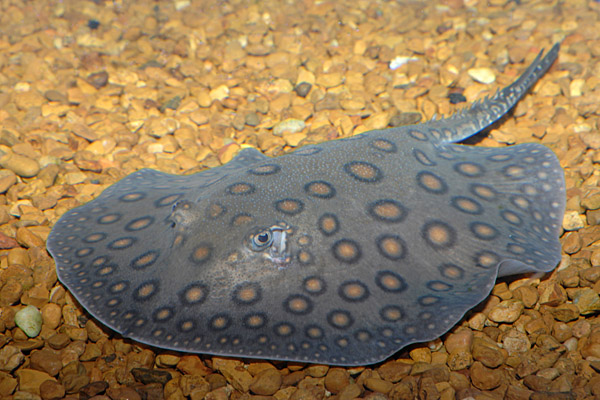
Prey capture vs Prey processing
There are two processes in food capturing by animals. They are prey capturing and prey processing. In animals other than mammals, mouth is acting as an organ for prey capturing. In these animals, various regions of digestive system have evolved into structures, like gizzard in birds for processing the food. Thus mouth is used for swallowing food and actual processing of food takes place usually deep inside the digestive tract.
You may be interested in A fish that walks on its legs and First warm blooded fish ever discovered
Experiment and findings
During the experiment, the fishes were placed in glass bottomed tanks. Researchers then filmed them capturing and chewing various kinds of food. Surprisingly, it was observed that, they first grabbed their prey using suction created by undulating their bodies and fins. Then they moved the left and right parts of their jaws back and forth to create multiple angles for biting and tearing. They found that the stingrays also moved their lower and upper jaws independently.
The chewing action of stingrays very much resembled human and other mammal mastication. Further investigations using CT scans revealed a set of teeth that helps in chewing action. Food is ushered to the mouths with the help of fins instead of gulping with mouth like other fishes. Thus mouth is relieved of prey capture and thus be adapted for prey processing.
Having the ability to capture food and chew it up might be an evolutionary trait that has allowed these stingrays to eat a wider variety of foods than other species.
[cite]

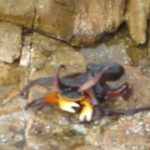
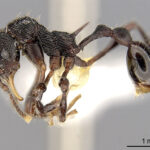
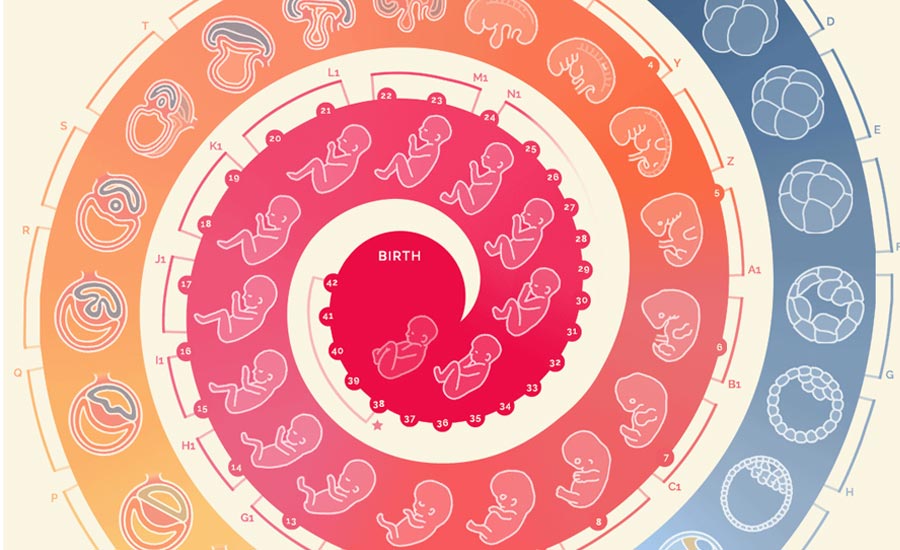
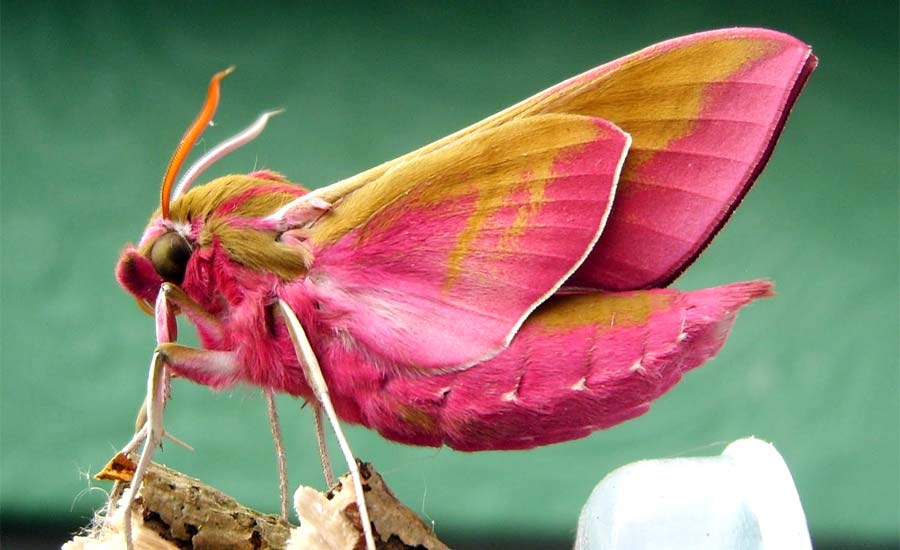

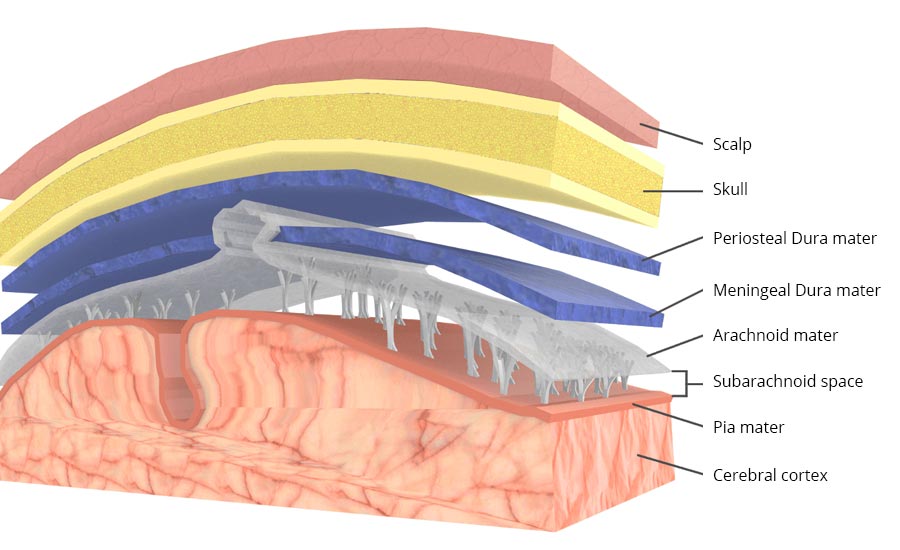


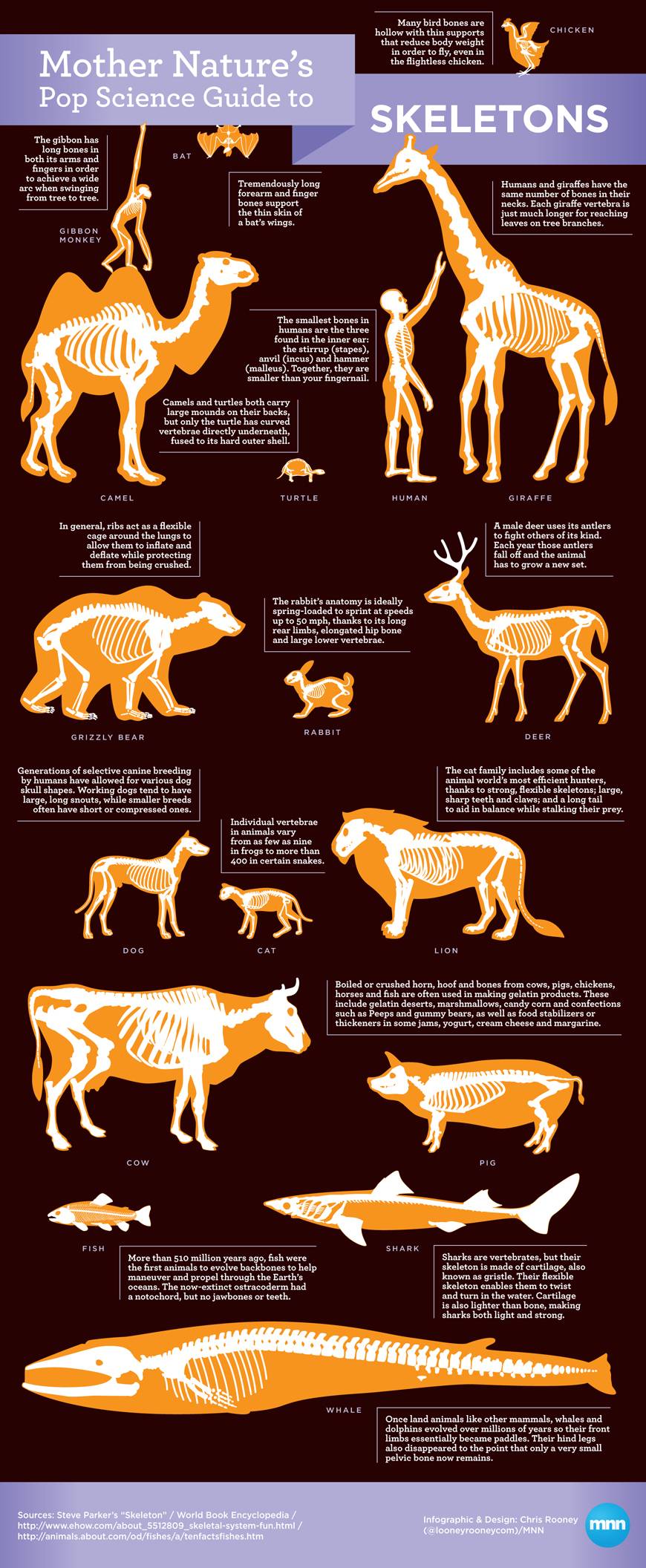


Leave a comment